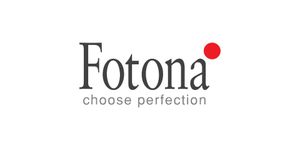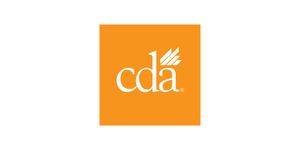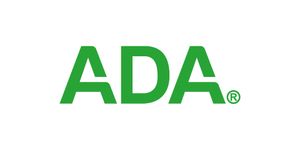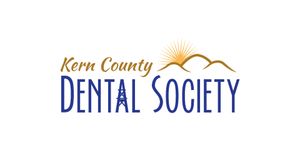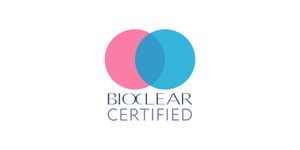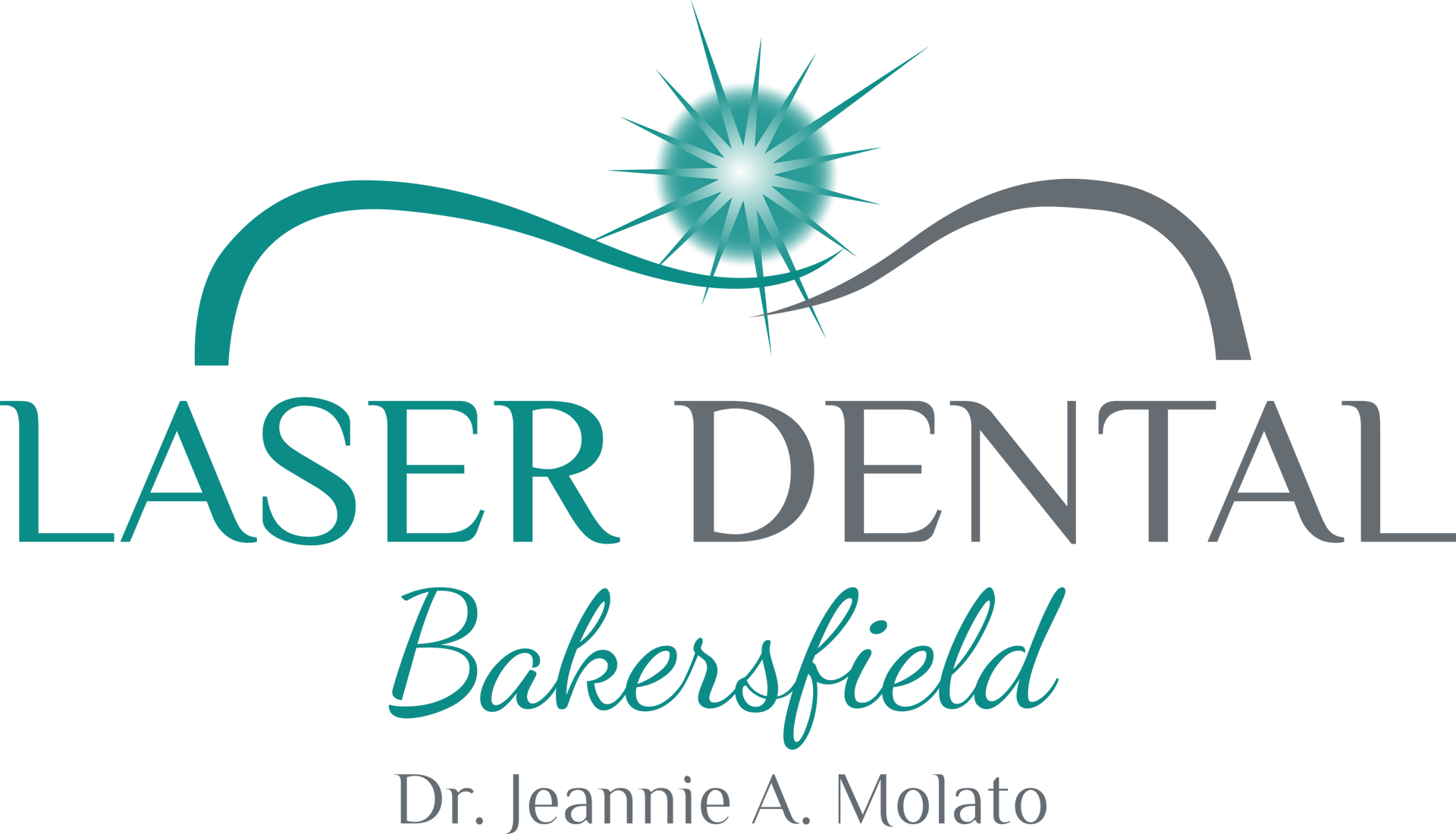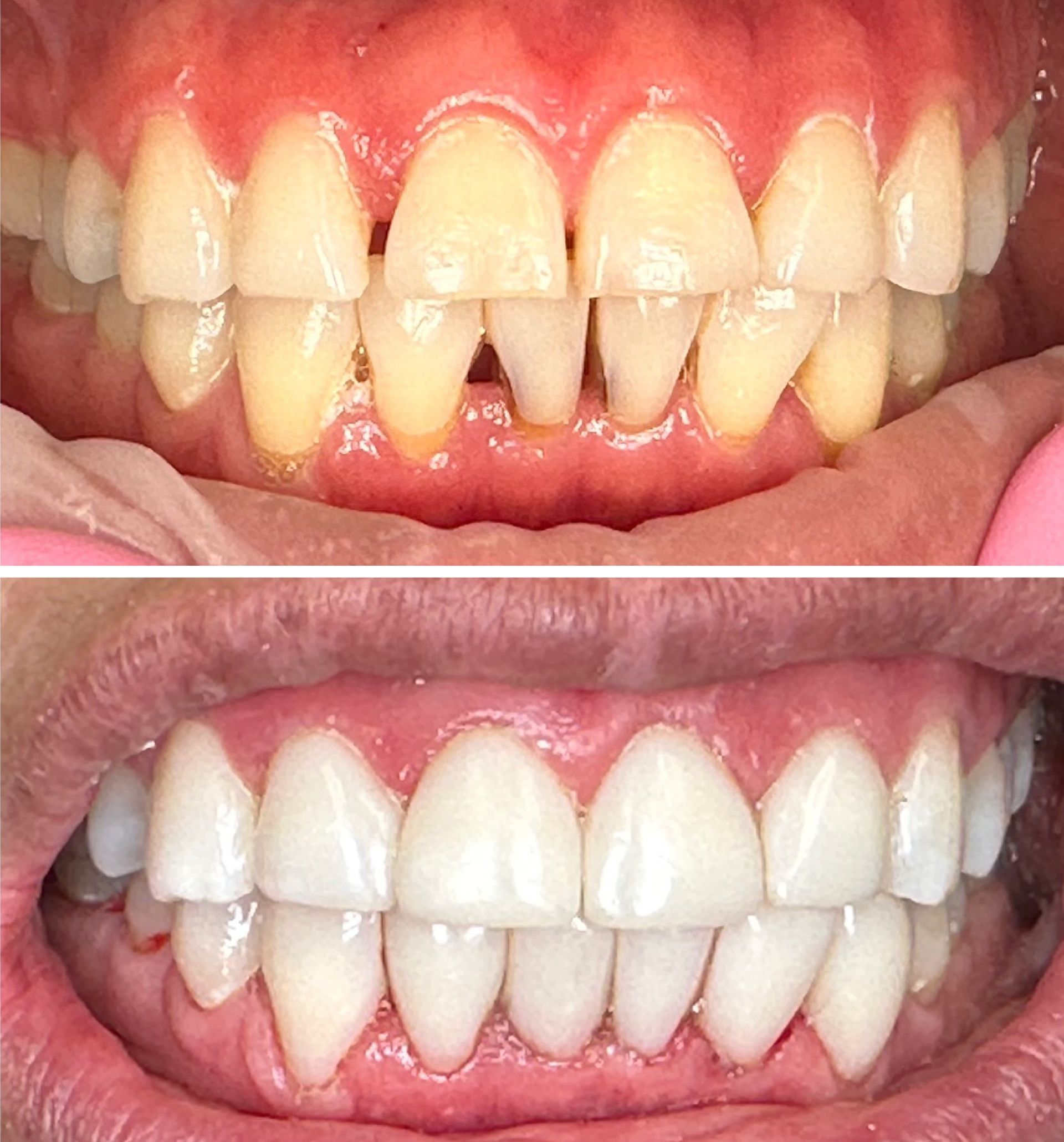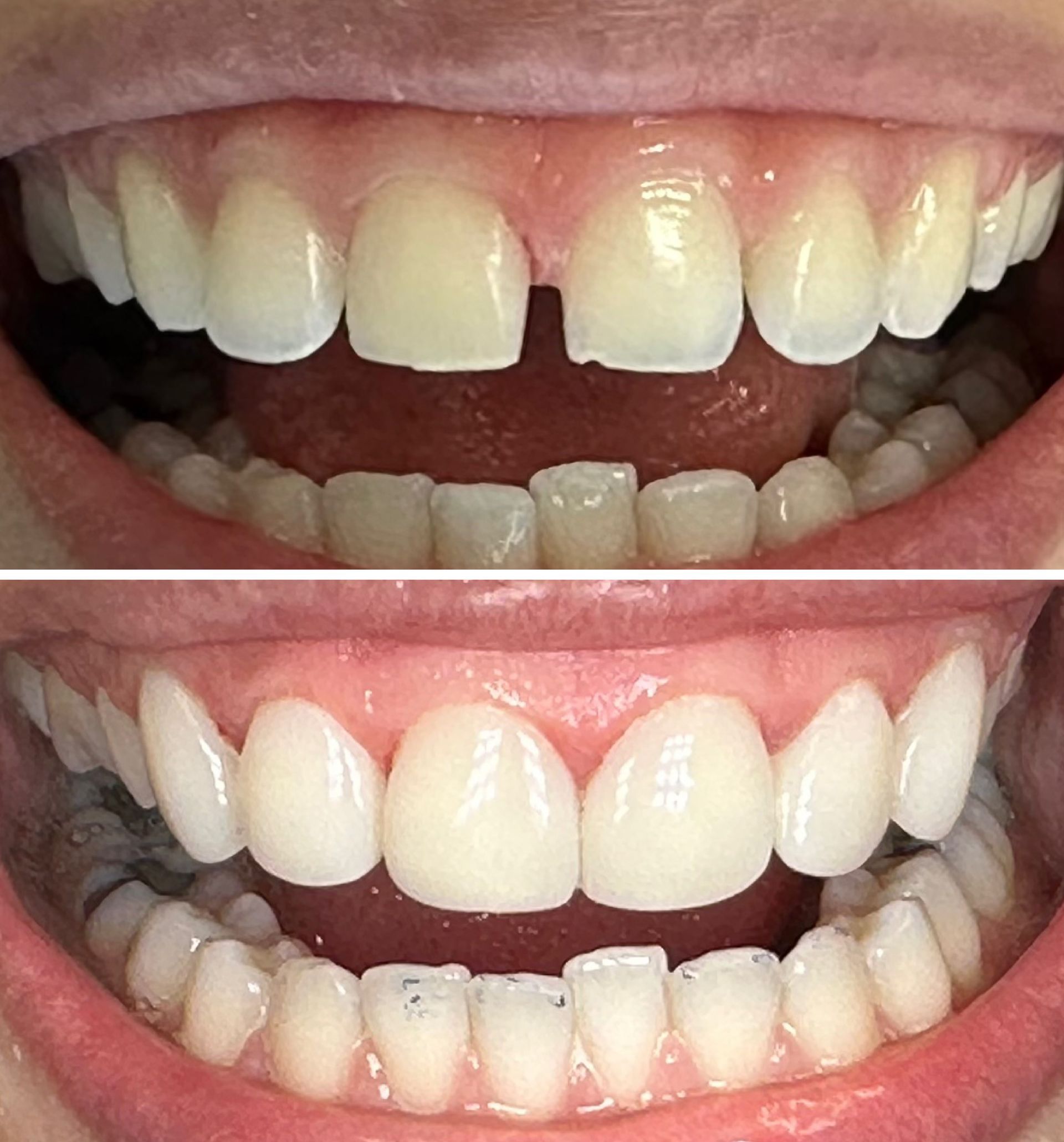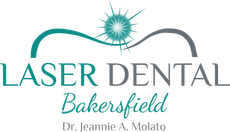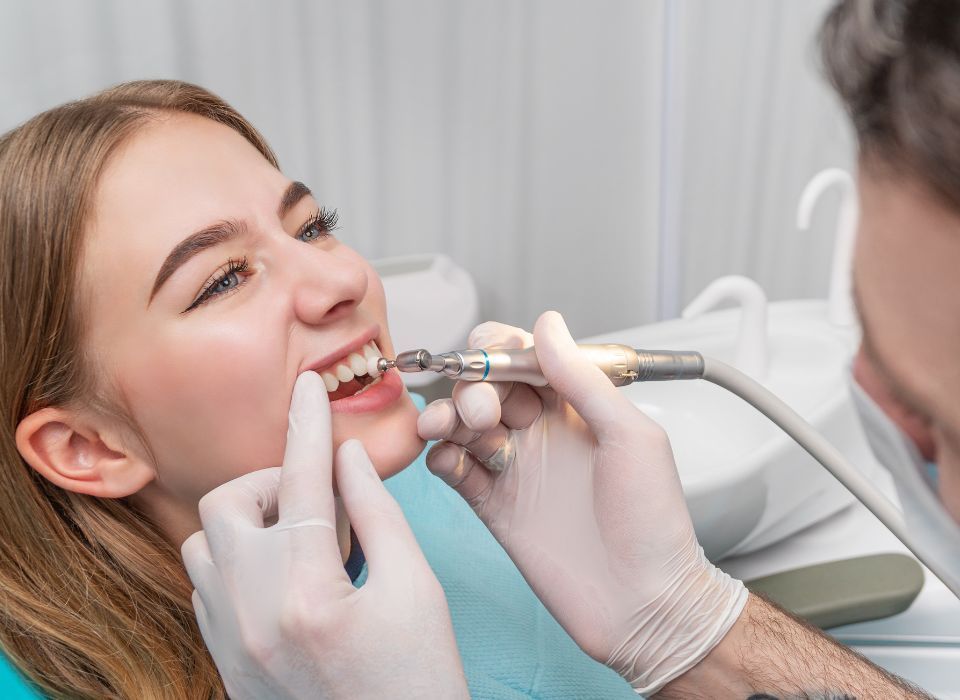
ROOT CANAL THERAPY
We provide expert root canal therapy to relieve pain and save your natural teeth
Welcome to Laser Dental Bakersfield
Your comfort and a healthy, radiant smile are our top priorities.
We believe in building a strong support system between our team and our patients, working together with a shared goal: transforming pain into comfort, insecurity into confidence, and bad habits into healthy ones. Using the latest dental technology and techniques, we ensure every treatment is as comfortable, safe, and stress-free as possible. Our focus on affordability never compromises the high standard of care we provide.
Meet Dr. Molato
Owner and Operator of Laser Dental Bakersfield
Dr. Molato combines her passion for dentistry with advanced laser technology to provide patients with healthier, more confident smiles. As the only laser dental provider in Kern County, she proudly serves patients from Bakersfield and beyond with compassionate, cutting-edge care.
Meet Dr. Molato
Owner and Operator of Laser Dental Bakersfield
Dr. Molato combines her passion for dentistry with advanced laser technology to provide patients with healthier, more confident smiles. As the only laser dental provider in Kern County, she proudly serves patients from Bakersfield and beyond with compassionate, cutting-edge care.
Committed to Your
Comfort and Care
At Laser Dental Bakersfield, our doctors provide expert, personalized care, while our compassionate team supports you every step of the way. Together, we’re committed to making your dental experience comfortable, stress-free, and focused on keeping your smile healthy and confident.
Advanced Technology
We use the latest dental technology methods to provide precise, and effective care.
Insurance Compatibility
Our goal is to make quality dentistry accessible with affordable care and flexible options for the whole family.
Calming Atmosphere
We’ve designed our office to be welcoming and stress-free, ensuring every visit is as comfortable as possible.
Beautiful Smiles Made Possible
Dental Practice of Dr. Jeannie Molato, DMD
At Laser Dental Bakersfield, your comfort and healthy smile are always our top priority. We believe in building strong relationships with our patients, creating a supportive environment where we work together to transform pain into comfort, insecurity into confidence, and bad habits into healthy ones. Our goal is to provide affordable care without ever compromising on safety or quality.
Laser dentistry is a modern, gentle, and effective way to treat a wide range of dental concerns with greater comfort and precision. By using advanced dental lasers like Fotona LightWalker® and XPulse®, we can perform procedures such as decay removal, gum reshaping, teeth whitening, and even root canal therapy with less pain, reduced bleeding, and faster healing. This innovative technology minimizes the need for drills and anesthesia, making it an excellent option for patients who want a stress-free experience and quicker recovery.
Laser Dentistry at Laser Dental Bakersfield
Bioclear Bonding at Laser Dental Bakersfield
Dr. Molato has been a Bioclear-certified dentist since 2012, offering a minimally invasive way to restore and enhance smiles. The Bioclear system creates strong, natural-looking results for closing gaps, repairing chips, and reshaping teeth, often in just one visit. With over a decade of experience, Dr. Molato delivers stain-resistant, long-lasting restorations that blend seamlessly with your natural teeth.
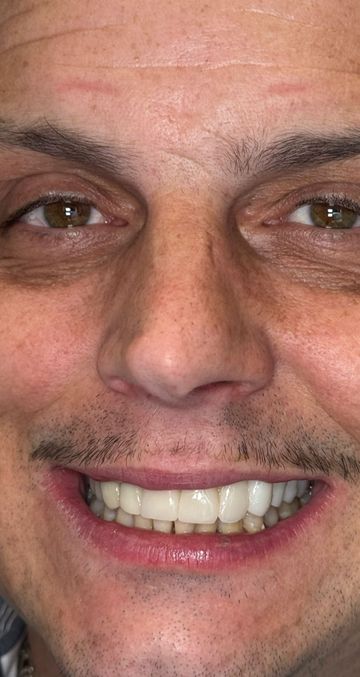
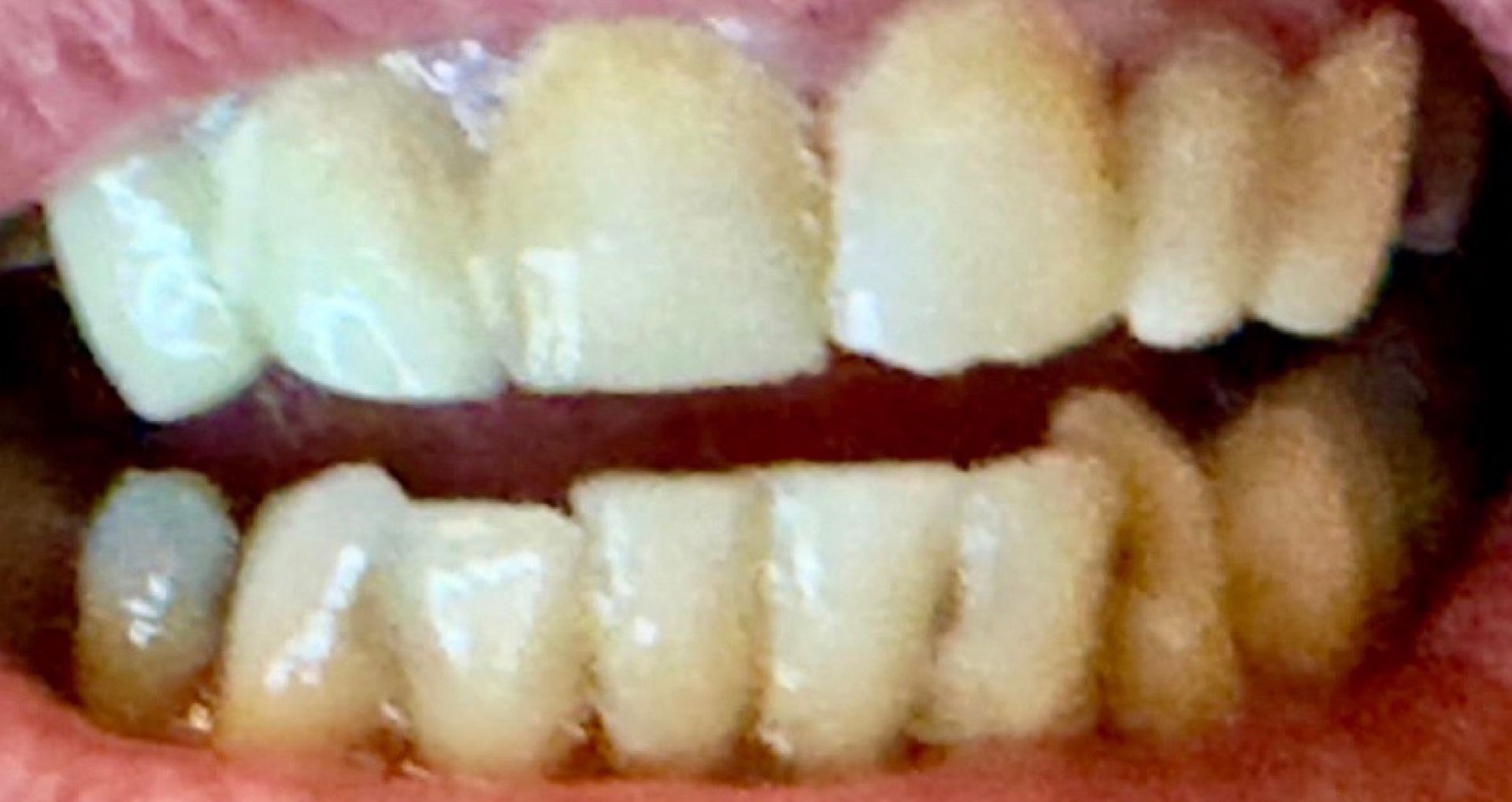

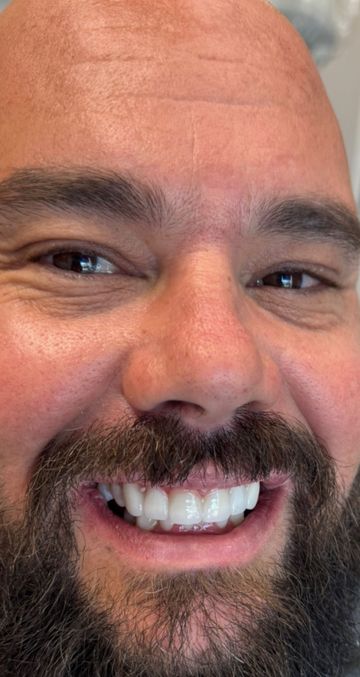
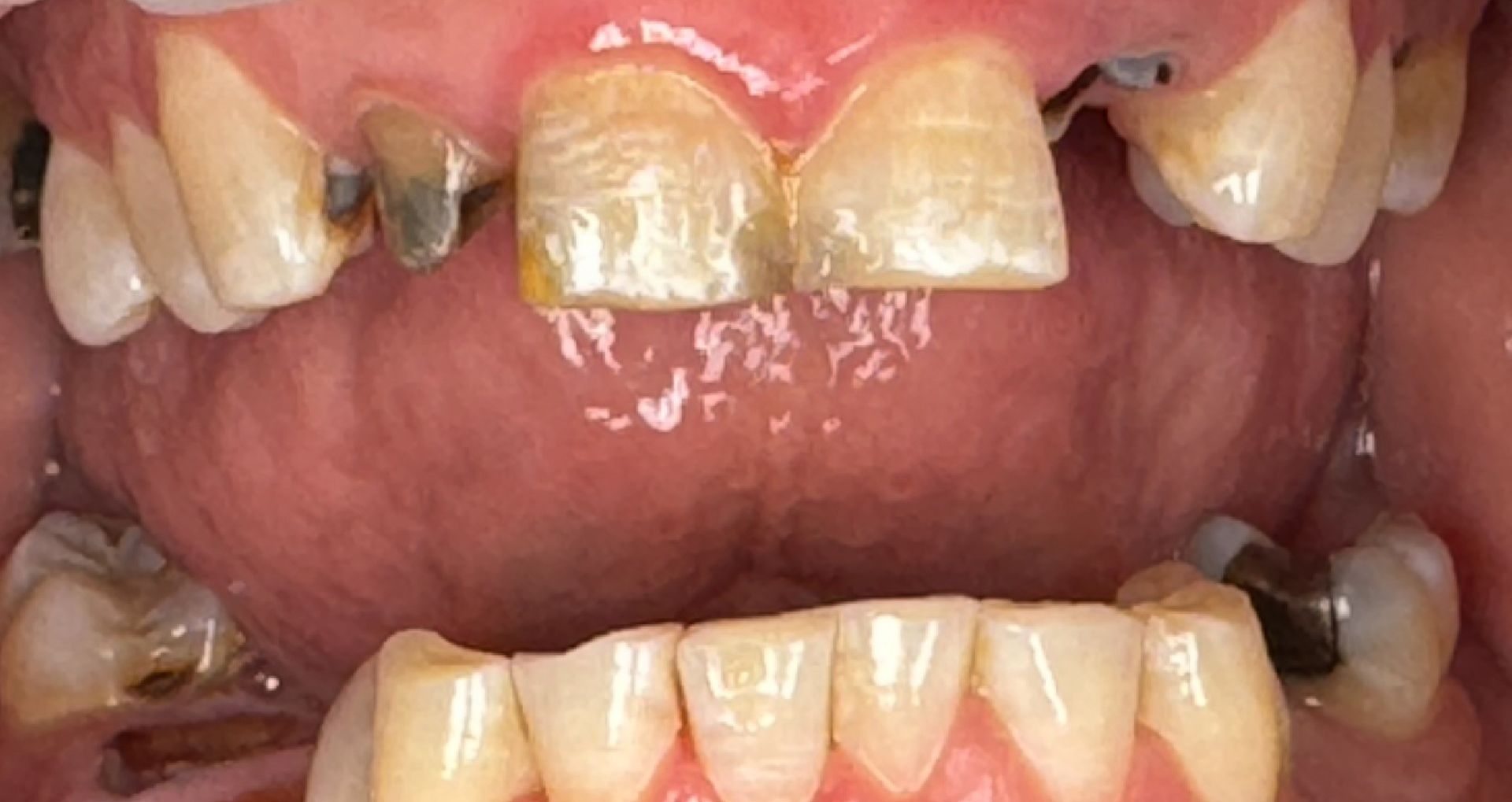
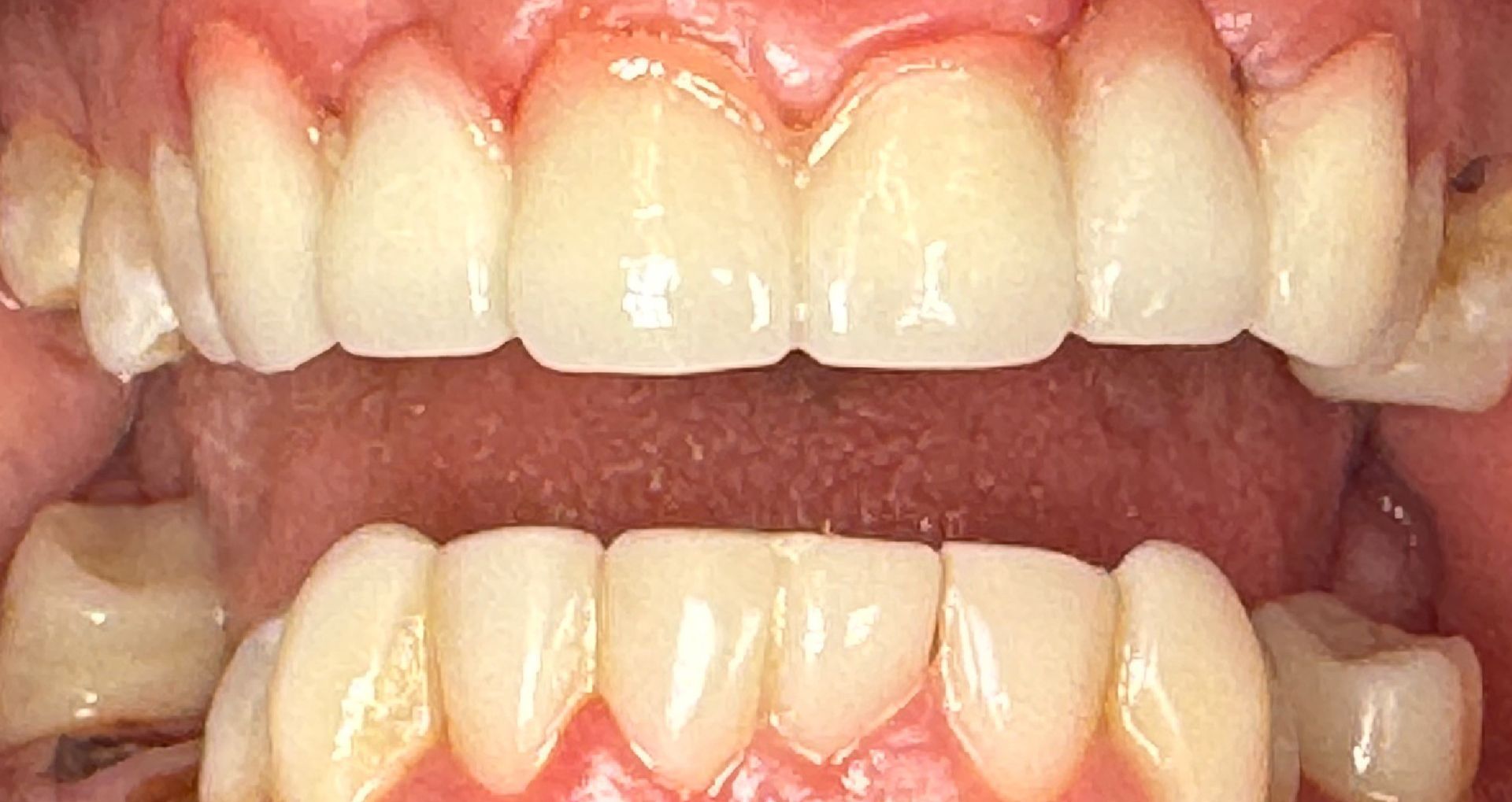
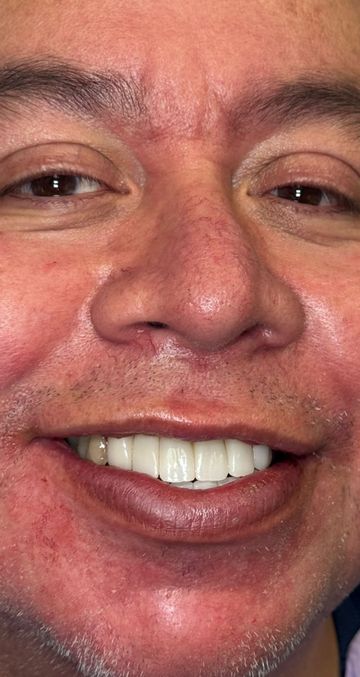
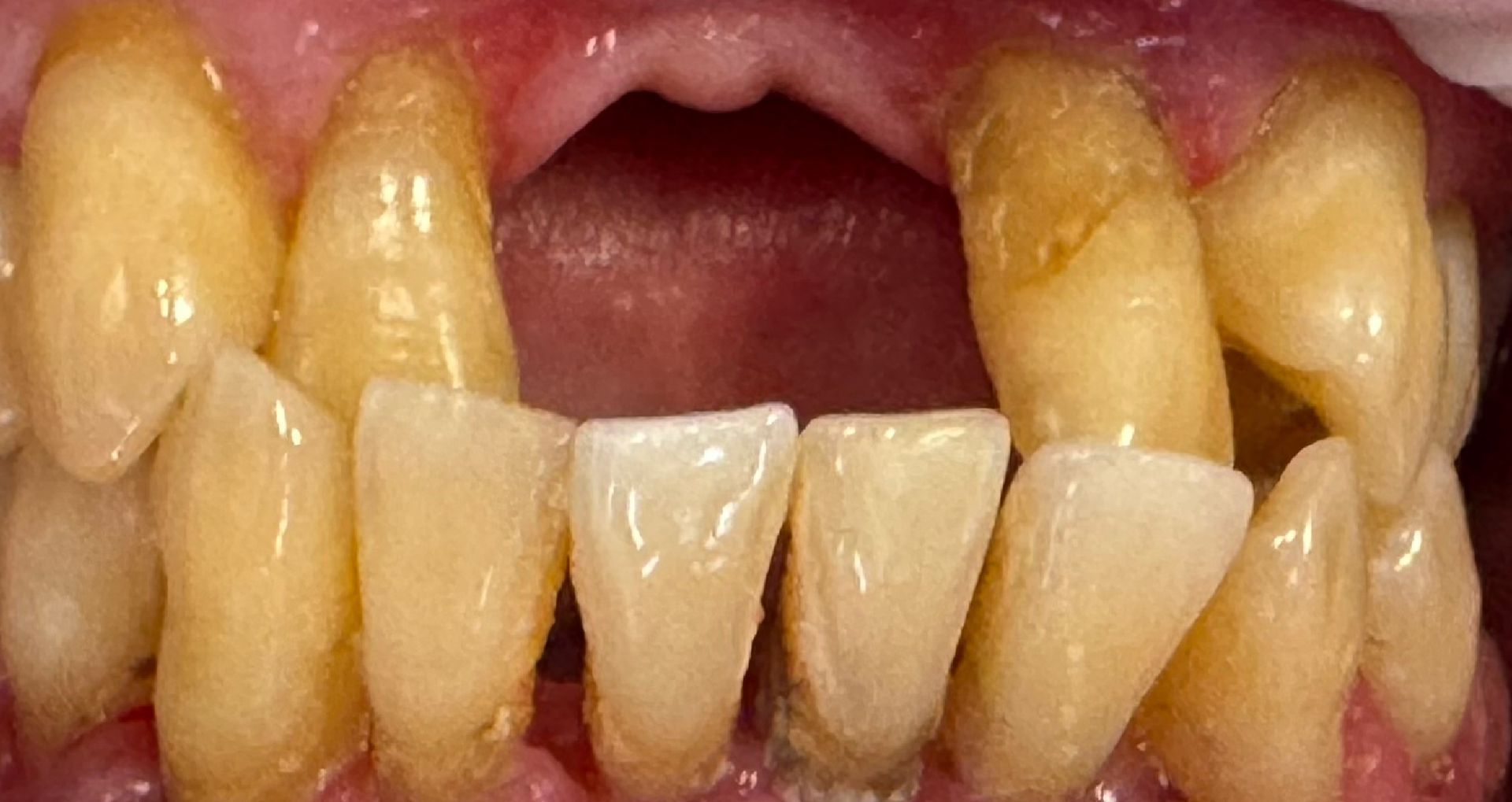
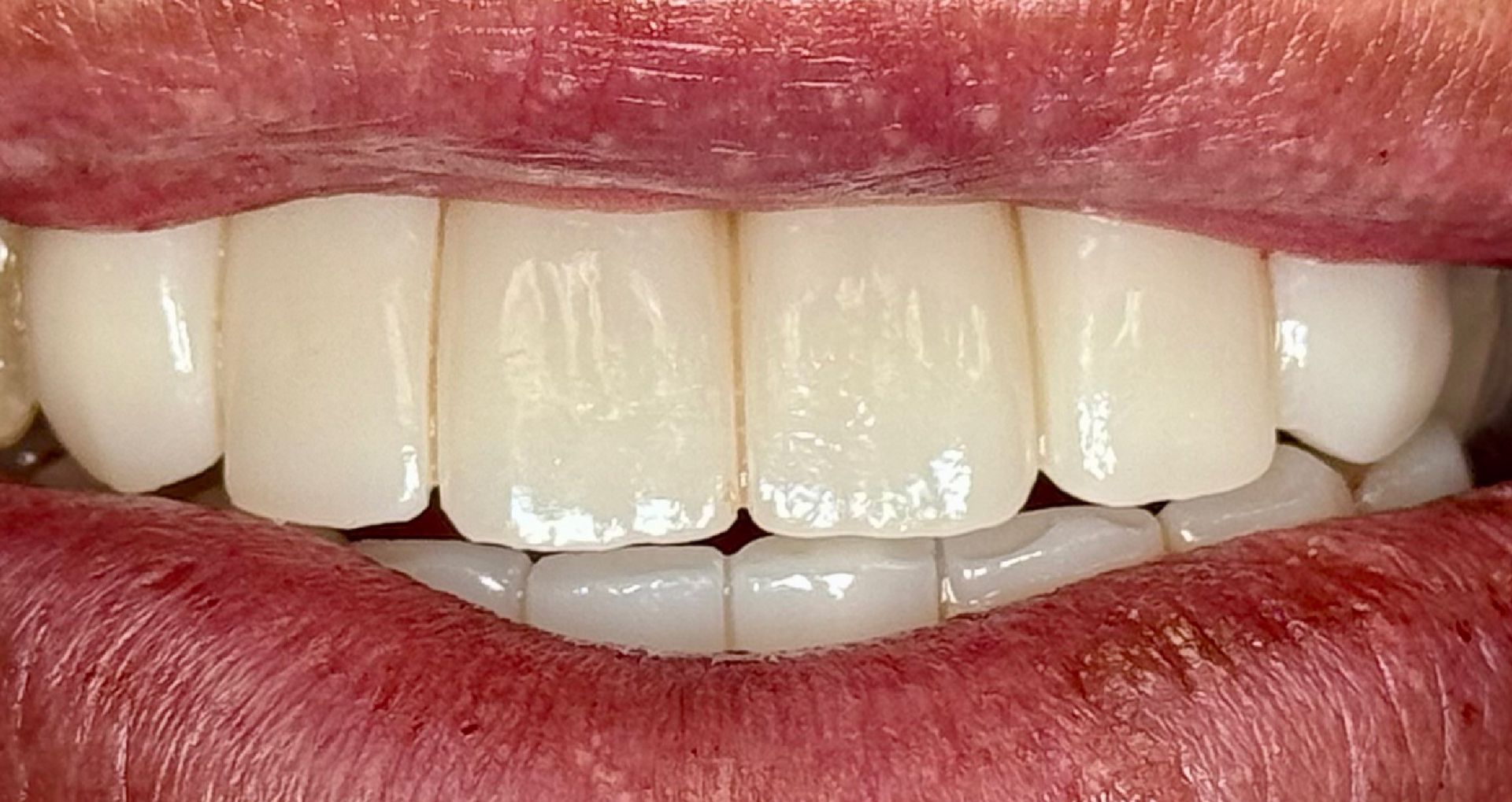
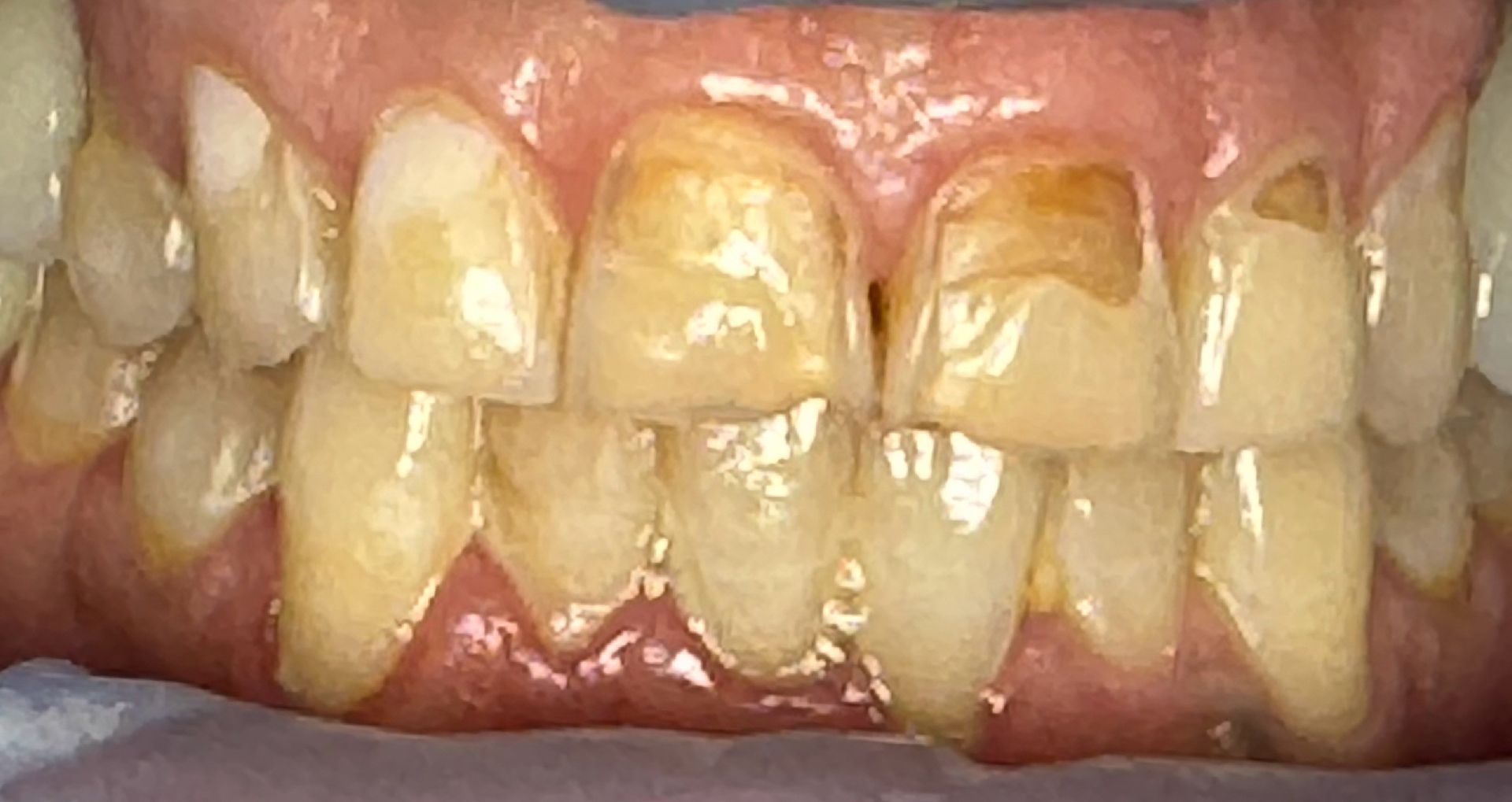
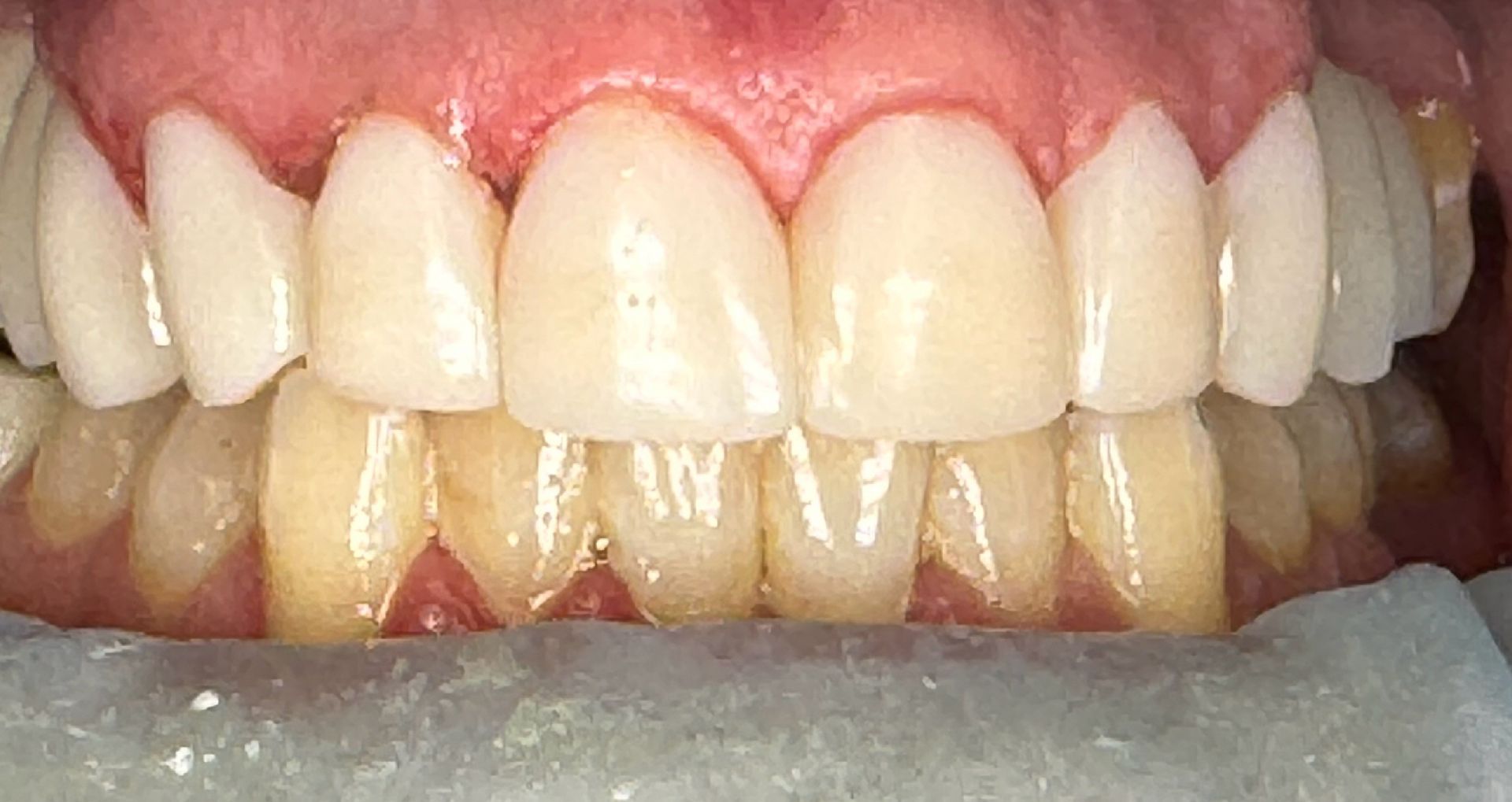
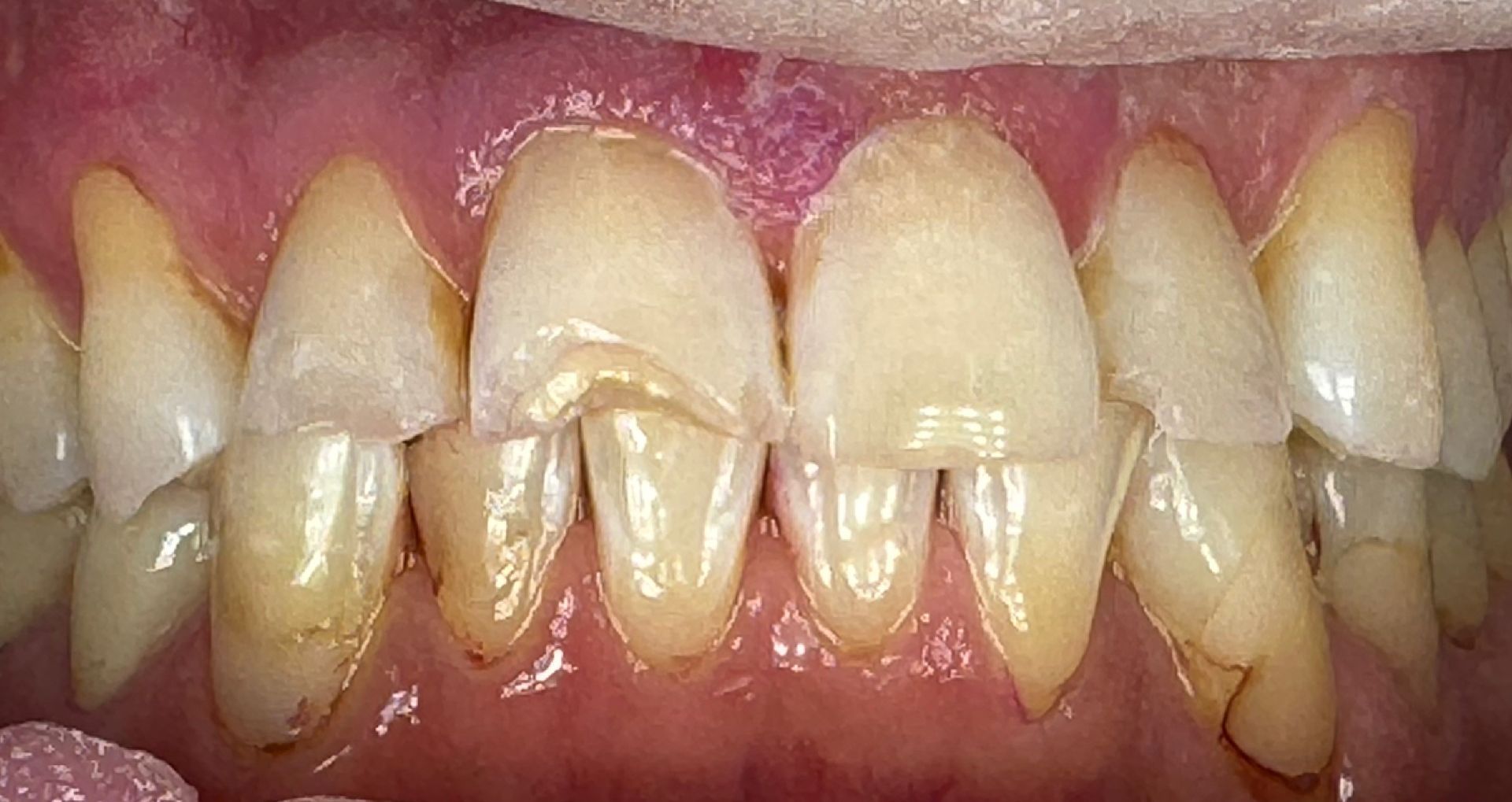
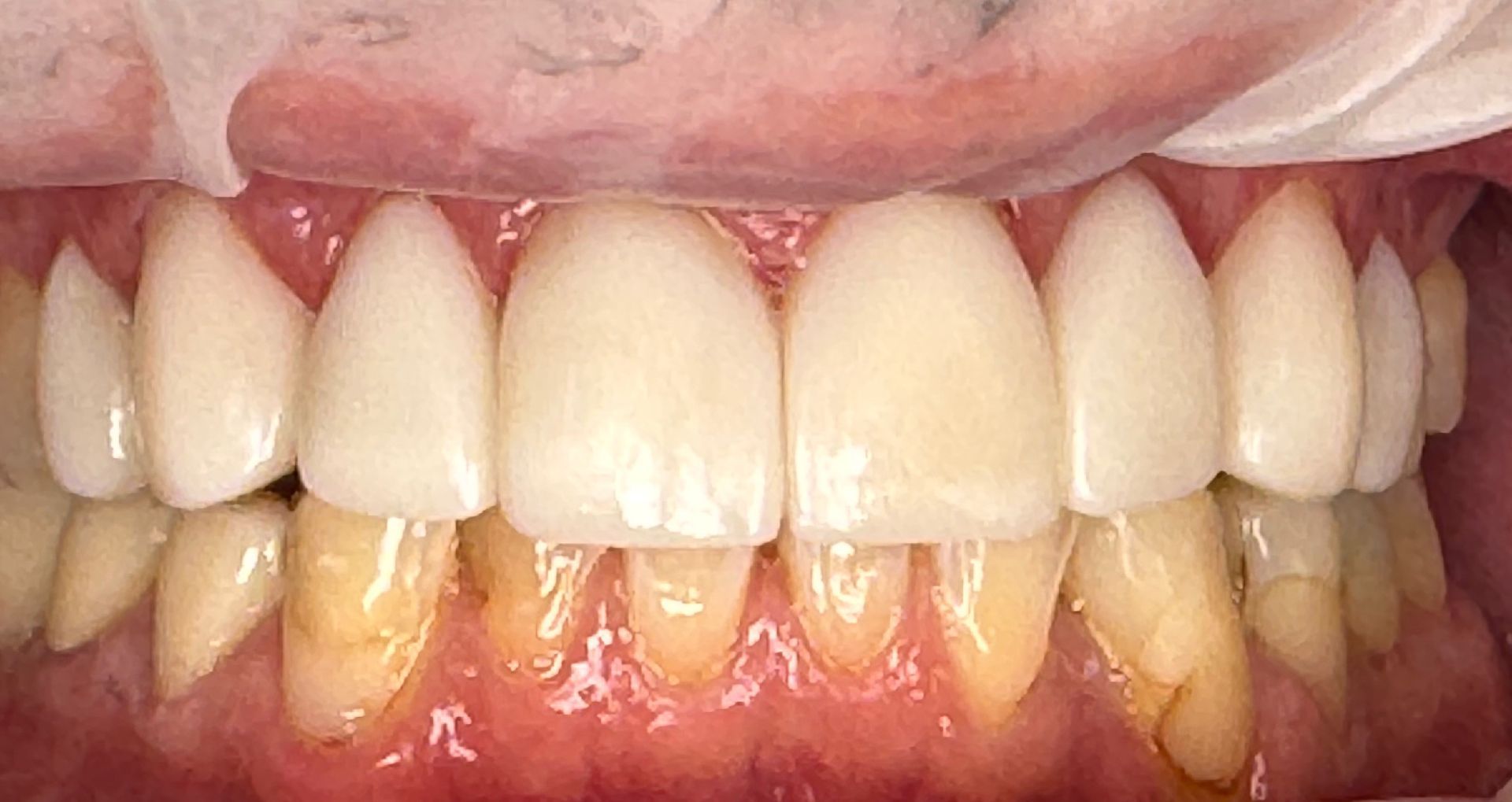
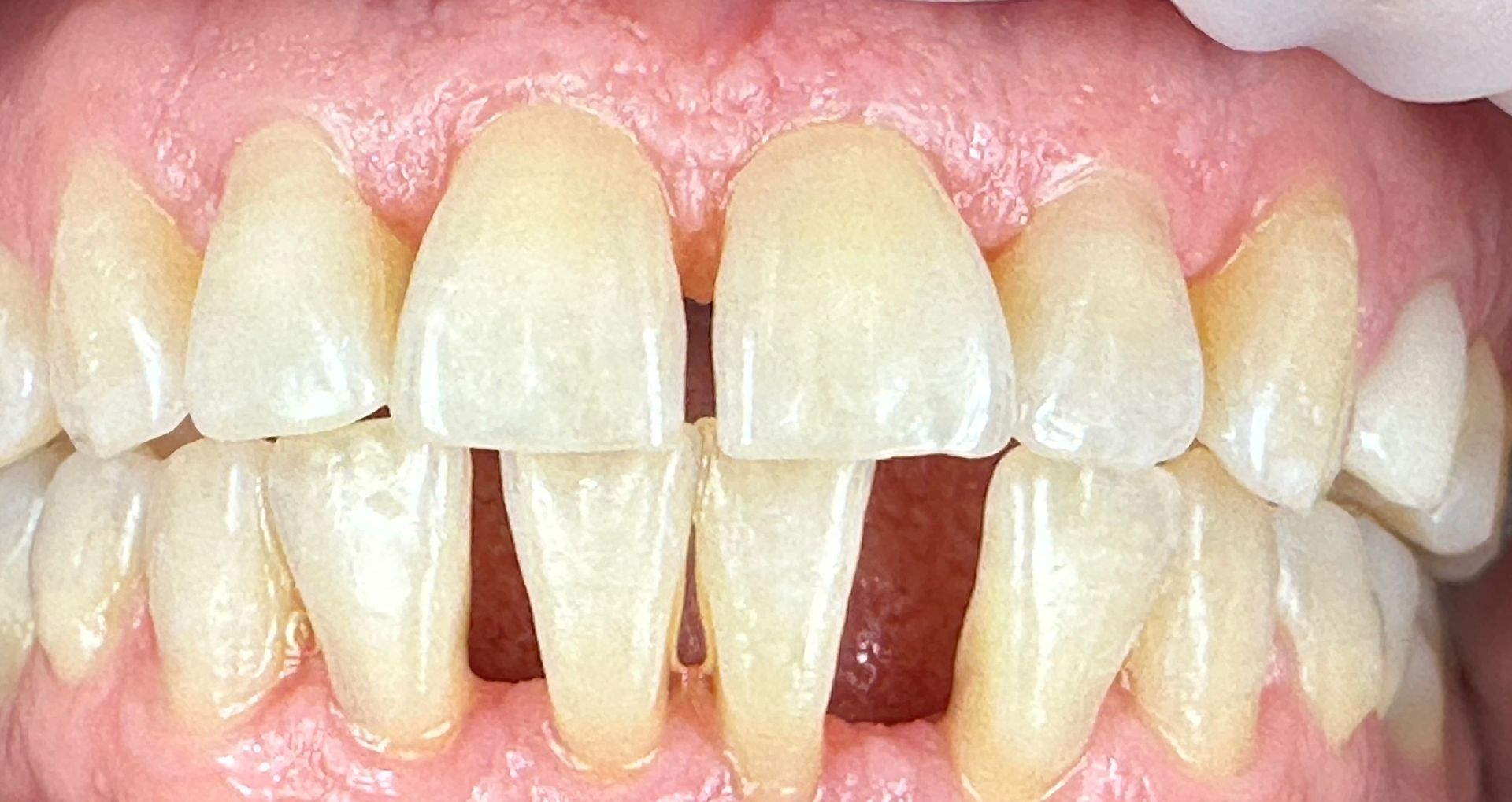
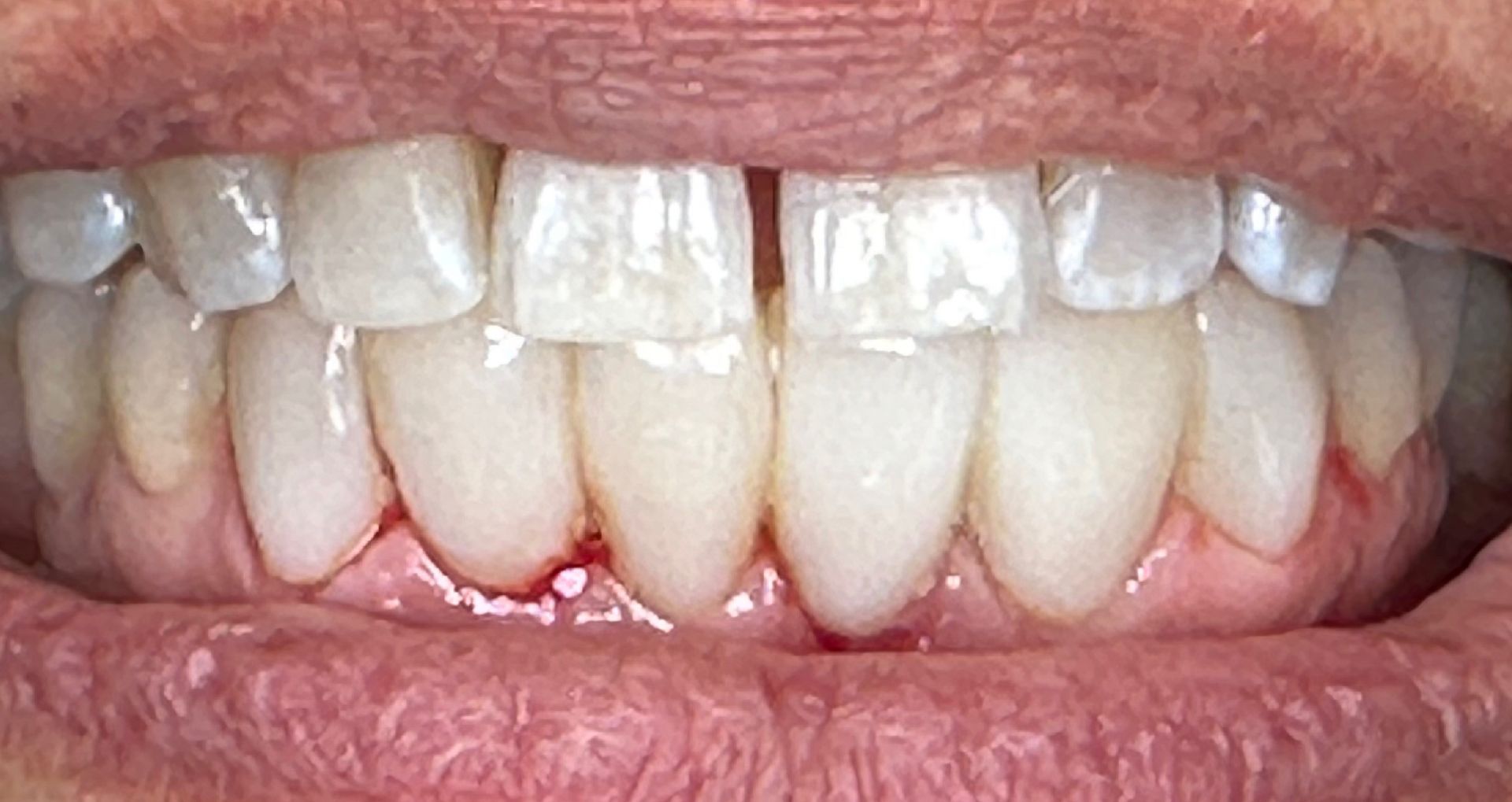
Meet the Team Who Care for You
At Laser Dental Bakersfield, our doctors provide expert, personalized care, while our compassionate team supports you every step of the way. Together, we’re committed to making your dental experience comfortable, stress-free, and focused on keeping your smile healthy and confident.
Jessica Lopez
Dental Assistant
Jhunelle Bicera
Dental Assistant
Chelsea Molato
Hygienist
Eliza Cruz
Office Manager
Silvia Marquez
Administrator
Testimonials
What Our Clients Say About Us
Dr. Molato is Incredible! I’ve had dental issues my entire life, and my teeth got to the point that I stopped smiling because they looked so bad. Dr. Molato performed revolutionary cosmetic dentistry called bioclear on 16 of my teeth, for a mere fraction of the price of veneers, and they look absolutely fabulous!
★★★★★
Mark
Her expertise shines through in how thoroughly she explains treatment options, guiding you from the most conservative approaches to the best solutions for your dental needs. This level of transparency is not always common in the healthcare field, making her commitment to patient education truly commendable.
★★★★★
Genevieve M
All costs were explained fully prior to any work being accomplished. There were no surprises. I'd highly recommend this business for anyone needing quality care from a great team! I've never loved my smile more!
★★★★★
Niki R
Dr. Molato has been my dentist for over 18 years. She really cares about her patients and she does outstanding work!
★★★★★
Tricia J
Best dentist in town! Dr. Molato and staff are friendly, understanding, accommodating, considerate of your past experience with other dentists to adjust their style to help you be at ease and takes her time providing quality service to each patient. Plus, offers the latest technology for treatments.
★★★★★
Joanna P
Dr. Molato is Incredible! I’ve had dental issues my entire life, and my teeth got to the point that I stopped smiling because they looked so bad. Dr. Molato performed revolutionary cosmetic dentistry called bioclear on 16 of my teeth, for a mere fraction of the price of veneers, and they look absolutely fabulous!
★★★★★
Mark
Dental
Associations
Our Strong Partnerships
